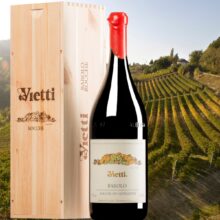
Product information
Vietti Barolo ‘Rocche di Castiglione’ JEROBOAM 3L 2021
Original price was: $2,740.$2,585Current price is: $2,585.
Description
The 2021 Barolo Rocche di Castiglione is elegant, floral and lifted. I also find it a bit reticent in the early going. Crushed flowers, bright red-toned fruit, blood orange, white pepper and spice open with some coaxing. I would not dream of touching a bottle anytime soon, the wine’s considerable sensuality notwithstanding.
Antonio Galloni, Vinous 96+ Points
This is a serious beauty that reminds us of the brilliant work underway at this leading estate. Yes, ownership has changed over recent years, but this wine remains “Rocche-solid.” From an epic vintage, the Vietti 2021 Barolo Rocche di Castiglione is a classic with those elegant mineral notes of glacial till and flake salt followed by carefully ripened fruit, blackcurrant and a finely tuned floral note of fragrant tea leaf that hits the high notes. The effect is ethereal but also precise. Fruit comes from two parcels, one planted in 1958 and the other in 1969, and the blend is half of each fermented together. Fruit was picked on October 1st, and the wine saw 24 days on the skins. The first year this wine was produced is 1961. The Rocche di Castiglione site has 35% sand with marl soils that continue to evolve, kicking out more new sand.
Monica Larner, The Wine Advocate 96 Points
Only 1 left in stock


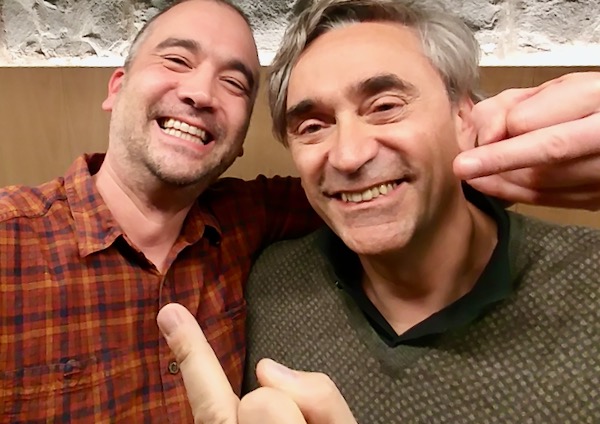








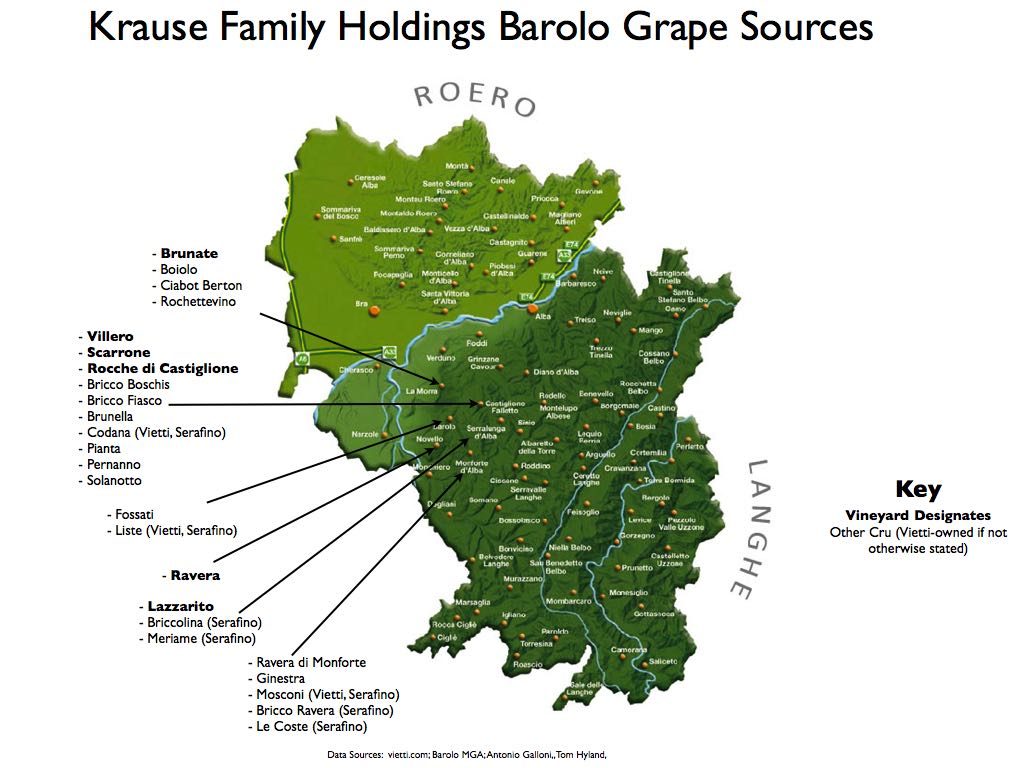
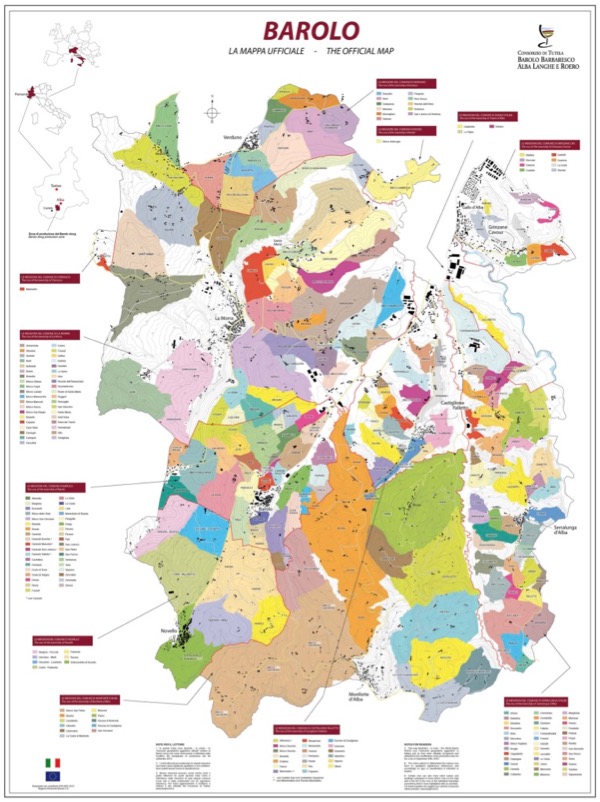
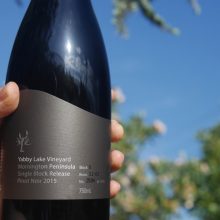
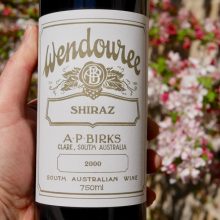
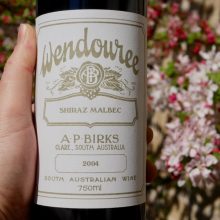
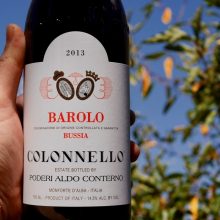
You must be logged in to post a comment.